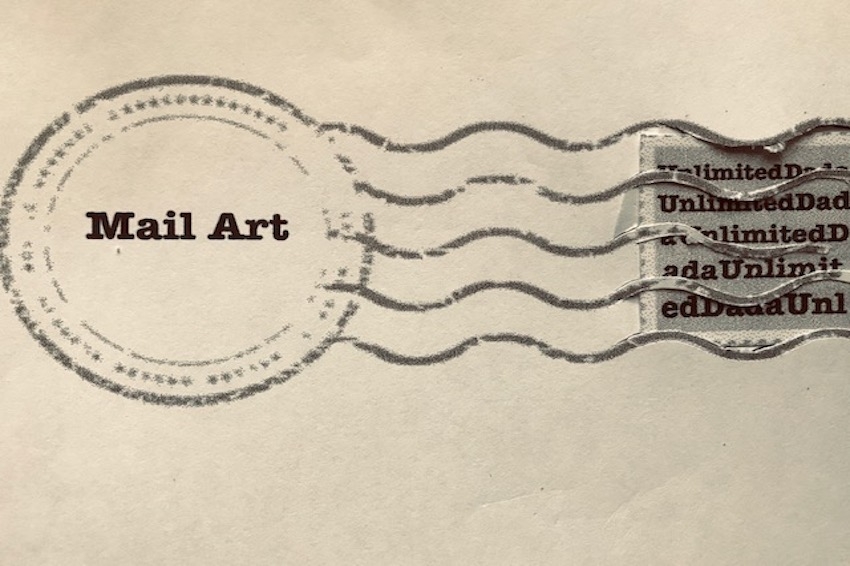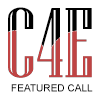
Copyright Policy
All submitted Mail Art works remain copyrighted to the artist.
Image Usage Rights
Artists submitting Mail Art works give Propeller Art Gallery permission to use the image for promotional purposes only.
The COVID-19 pandemic has created crisis and instability all around the world. During this volatile time, with most of us stuck in place, the mail has been able to offer us metaphorical transport out of our immediate physical spaces. Mail can travel in times we cannot.
In response, Propeller Art Gallery is creating an open call for a non-juried Mail Art exhibition in January/ February 2021. All works will be available for sale unless otherwise noted by the artist.
This creative outlet for the community will serve as a physical artefact of the time we are living through. While many of our interactions have moved to the virtual realm, there is now an increased interest in making things by hand.
You are invited to make a piece of Mail Art: art that can travel through the mail with a stamp!
What is Mail Art?
The Getty Art & Architecture Thesaurus defines mail art as "works produced by artists, often in postcard format, specifically intended to be mailed to other artists or be displayed in an exhibition."
Mail Art began in the 1960s when artists sent postcards inscribed with poems or drawings through the post rather than exhibiting or selling them through conventional commercial channels. Its origins can be found in Marcel Duchamp and Kurt Schwitters and the Italian futurists. But it was the New York artist Ray Johnson who, in the mid-1950s, posted small collages, prints of abstract drawings and poems to art world notables giving rise to what eventually became known as the New York Correspondence School. Mail art can take a variety of forms including postcards, packages, faxes, emails and blogs. In the 1960s the Fluxus artist On Kawara sent telegrams to friends and family that informed them he was alive. In the mid-1990s, the artist and curator Matthew Higgs set up Imprint, which posted art by young British artists, among them Martin Creed, to critics and curators. David Opdyke “this land” altered vintage postcards and combined them into large scale works and the list goes on.
